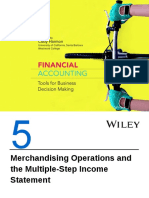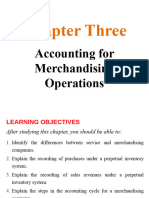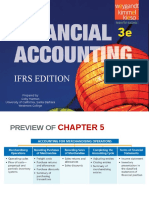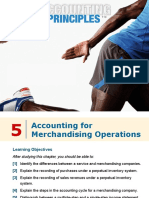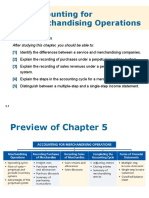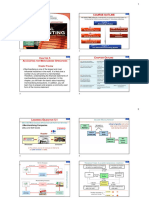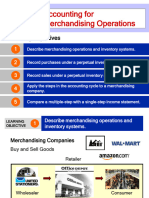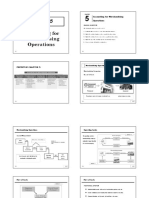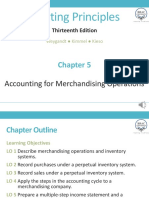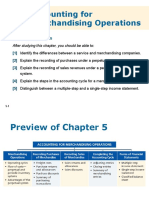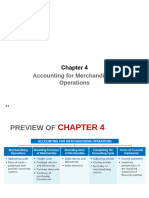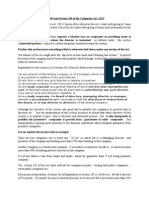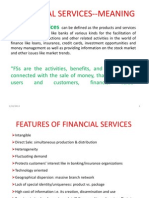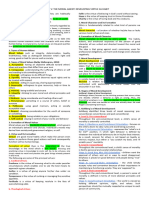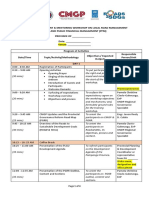0% found this document useful (0 votes)
12 views38 pagesLecture 1
The document provides course information for a Finance, Banking, and Accounting class taught by Prof. Dr. Sameh Reyad and Dr. Christine Yacoub, including assessment details, textbooks, and learning objectives. It covers inventory classification and systems, detailing the differences between periodic and perpetual inventory systems, along with examples of recording purchases and sales. The document also outlines the advantages and disadvantages of each inventory system.
Uploaded by
mariemelhofyCopyright
© © All Rights Reserved
We take content rights seriously. If you suspect this is your content, claim it here.
Available Formats
Download as PDF, TXT or read online on Scribd
0% found this document useful (0 votes)
12 views38 pagesLecture 1
The document provides course information for a Finance, Banking, and Accounting class taught by Prof. Dr. Sameh Reyad and Dr. Christine Yacoub, including assessment details, textbooks, and learning objectives. It covers inventory classification and systems, detailing the differences between periodic and perpetual inventory systems, along with examples of recording purchases and sales. The document also outlines the advantages and disadvantages of each inventory system.
Uploaded by
mariemelhofyCopyright
© © All Rights Reserved
We take content rights seriously. If you suspect this is your content, claim it here.
Available Formats
Download as PDF, TXT or read online on Scribd
/ 38



